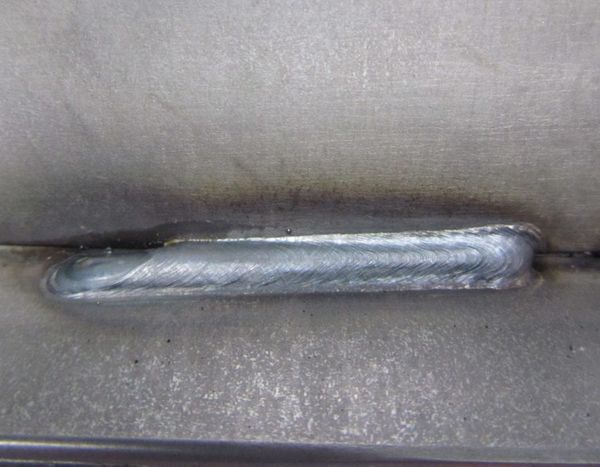TAFOP is an acronym I use for troubleshooting; another way to remember it is with this phrase: Try And Find Our Problem. It stands for Tips, Alignment, Fixture, Operator, Parts. Use this process when the reason is not as obvious as something like the welds being out of joint after a robot collision.
Tips. One of the very first things you should do when troubleshooting is replace the contact tip. You should know that these wear through the course of the day, and a robot cannot make the subtle adjustments required that a manual welder can. So, regardless of when you last replaced the tip, go ahead and replace it again.
Alignment. Since you’ve already taken the cell down to replace the contact tip, check the alignment while you’re at it. Hopefully your integrator (or the person responsible for setting the cell up) has created a quick, operator-friendly alignment program that checks all axes of the robot. This can be done by using an alignment sleeve or something similar. I don’t recommend using the alignment or witness marks on the robot axes as they are typically a rough, visual method of checking the alignment, but can be difficult to determine just how many pulse counts an axis may actually be off. Additionally, you need to check the alignment of the torch neck with a checking fixture. A checking fixture is a must-have because I’ve had torch necks come from the factory out of alignment.
Fixture. I know this is a sore-spot for some, but the fixture must be free of dirt, debris, oil, grease, and spatter. If and when the fixture is clean, check the clamps and locators to make sure they are tight, and the parts are securely located in place. Check for any movement in the fixture; are the bolts or clamps holding it in place secure? It is a good idea to regularly PM your fixtures to keep these issues in check.
Operator. Is the operator loading the parts correctly? I know, “shouldn’t a fixture locate the parts in the same place every time regardless of operator?” Ideally, yes; but sometimes fixtures have slop—this can be unintentional or by design. Either way, make sure operators are loading the parts in the exact same manner. I’ve seen one operator push a certain part to the right before clamping, and another push that same part to the left before clamping. If the fixture does allow for a little slop, correct the problem, or at the very least you should have a work instruction in place that specifies how all parts are to be loaded.
Parts. This is by far the most critical component of the process, and nearly always the last one that anyone wants to address. Robots are extremely repeatable; they are going to go the same place every time. Your parts must also match that same level of repeatability. It’s crucial to measure parts from different batches; I’ve seen parts repeatable only to their respective run, but not from batch to batch. Remember: garbage in, garbage out.
When walking through these steps, be critical on every one. Excuses like “it’s always been like that” are not quantifiable and will only hamper your attempts at identifying the issue(s).

